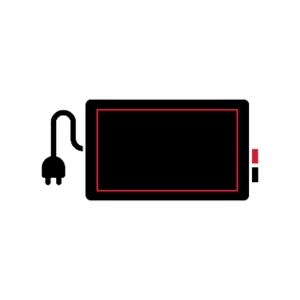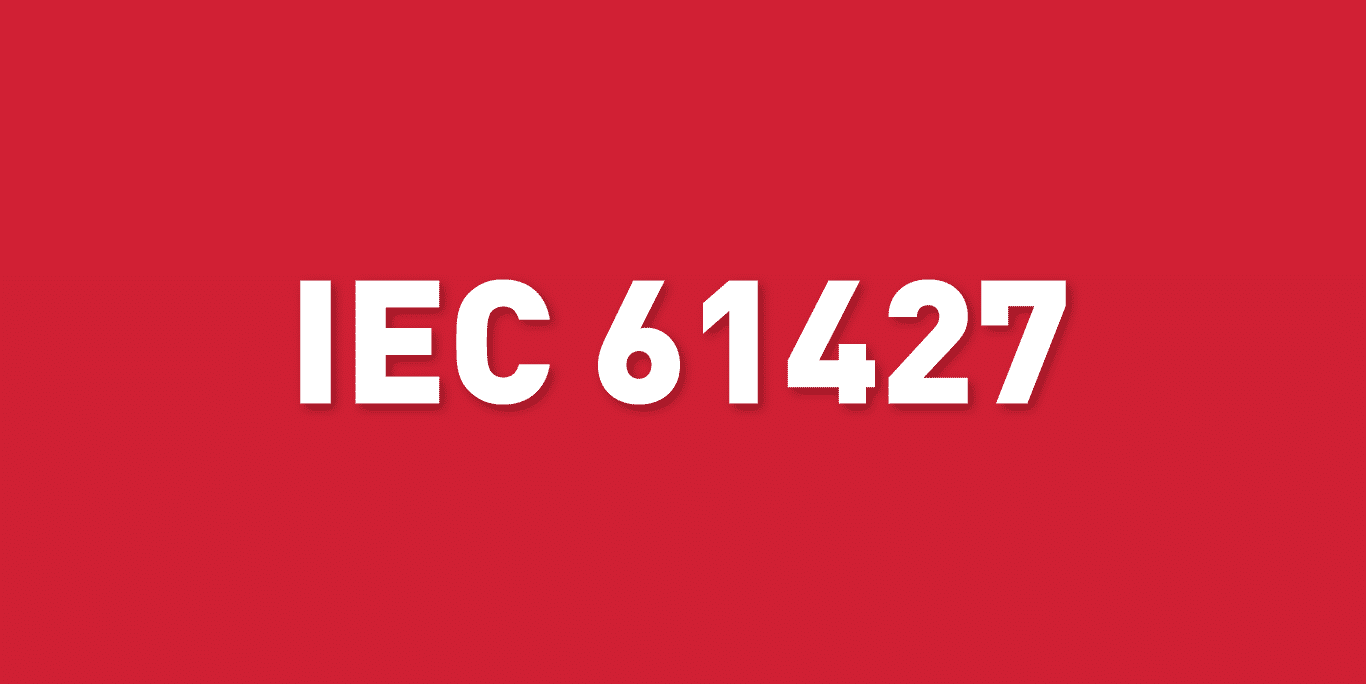IEC 61427 Standard – Why is it important for solar batteries?
IEC 61427 Standard Background
In order to get the most life from a solar battery used in photovoltaic systems (PV), it must be discharged and recharged properly. Unfortunately, we have experienced many PV installers regularly undersize batteries to either reduce costs or because they fail to properly underestimate the load for the system. Because of this, life expectancy of PV batteries has not been easy to calculate – until now. The International Electrotechnical Commission’s (IEC) standard 61427 offering performance measures that all PV batteries to be measured against.
How to Define Life Expectancy in PV Systems
Battery manufacturers traditionally define battery life either as float life or cycle life. Float life refers to the number of years it takes the battery to reach the end of its life at an identified reference temperature, usually 25 degree Celsius. On the other hand, cycle life is the number of times a battery can be cycled (discharged and recharged) before it reaches end of life.
In a float application, the battery acts as a source of backup power. The most common example is the uninterruptible power supply (UPS) system. The AC grid provides the main power, but in the rare situation of a grid failure, the battery provides backup power till power is back from the grid. This means that float applications do not require the battery to be regularly charged and discharged. In technical terms, the battery would not be cycled in a float application. A battery is called cycled when it is frequently charged and discharged.
Therefore, in order to define a battery’s life expectancy, the basic assumption is that any specific application can be explicitly seen as either float or cycling. However, renewable energy (RE) applications are a bit different, as PV power systems are deep-cycling applications.
Since neither float life nor cycle life effectively defines the expected life of a battery in a RE application, a different method is needed to identify battery life in a PV system. This is where the IEC 61427 standard kicks in. This standard test protocol uses elevated temperature (40°C or 104°F) and a series of cycles which mimic a real-world PV application. The battery being tested is considered to have reached end of life when its capacity drops to less than 80% of its rated capacity.
Is the Cycle Life in the Datasheet Accurate?
Lead acid battery manufacturers publish cycle life charts in their datasheets, showing the relationship between depth of discharge (DOD) and the number of cycles the battery can deliver. These charts are generated by charging and discharging (cycled) the battery repeatedly in a laboratory under specific condition. However, since the nature of charging and discharging batteries used in PV systems is difficult to predict, estimating the life of a PV battery using the cycle life chart provided in the datasheet, is not an accurate representative of a field situation.
Although the cycle life chart found in the datasheet accurately estimates the cycle life of a battery in a normal cycling application, is it not as accurate in predicting battery life in a PV application. This is due to the many uncertainties associated with a PV system. The question is, if neither cycle life nor float life applies to a PV battery, how can we accurate estimate its life?
In this blog post, we will use the term “service life” to refer to the life of a PV battery. The service life will refer to the number of cycles the battery can delivery when tested against the IEC 61427 standard. One cycle of IEC 61424 consist of 50 shallow cycles at low state of charge (SOC), while 100 shallow cycles at high SOC equates to one year of actual service in the field. This means that the service life in years of a PV battery is equal to the number of IEC 61427 cycles delivered before the battery’s capacity drops below 80% of its rated capacity. The two equations below illustrate the simple relationship between the number of IEC 61427 cycles delivered by the battery and its service life in years:
- 1 IEC 61427 cycle=(50 shallow cycles at low SOC)+(100 shallow cycles at high SOC)
- 1 IEC 61427 cycle=1 year of service life in a PV application
In order words, if the second equation above delivers 15 cycles to the IEC 61427 standard’s requirements, the battery has a service life of 15 years in a PV application.


The IEC 61427 Standard
The IEC Standard recognizes that batteries in PV applications take on the characteristics of both float and cycling applications. It also recognizes that they are heavily cycled at PSOC at temperatures higher than 25°C (77°F). Therefore, The IEC 61427 Standard has developed a protocol that simulates a real-life PV application. The test subjects the battery to a series of shallow DOD cycles under low and high SOC. The IEC Standard assumes that the PV battery is charged during daylight and discharged during the night, with the typical discharge each day consuming between 2% and 20% of the battery’s amp-hour capacity.
As shown in the Phase A and Phase B tables below, the IEC standard takes into consideration the effects of seasonal cycling variability – winter cycling with low solar irradiation is simulated by cycling at low SOC (Phase A), and summer cycling with high solar irradiation is simulated by cycling at high SOC (Phase B). This seasonal aspect of the cycling test incorporated in the IEC 61427 Standard is another reason why testing a PV battery to this standard offers the most accurate life expectancy estimates, than those offered in standard life cycle charts published by battery manufacturers in their datasheets.
Furthermore, the IEC 61427standard subjects the battery to PSOC cycles, in which the batteries are discharged before they are fully charged – a very common occurrence in RE systems. This requirement further highlights the applicability of the IEC 61427 standard to batteries for PV systems. Considering the effects of seasonal (winter/summer) cycling and PSOC cycling to predict the life of a battery in a PV application is far more demonstrative of the service a PV battery will be subjected to in an actual application. For this reason, when estimating a battery’s life in a PV application, Canbat strongly suggests that the IEC 61427 standard be used as the primary benchmark. It is a much more accurate estimate of the battery’s life in a PV application than a manufacturer’s standard cycle life versus DOD chart.
IEC 61427 Test Requirements
The IEC 61427 Standard calls for 50 shallow cycles at a low SOC and 100 cycles at a high SOC. The room temperature of the test is kept at 40°C (104°F). At the end of these 150 total cycles, the battery is load tested to check its capacity – if it is at least 80% of its rated capacity, then the battery is subjected to another set of 150 cycles. If not, the battery is considered to have reached its end of life. The test protocol is summarized in the two presented tables.
Conclusions
Predicting battery life expectancy in a PV application is difficult because of a variety of unknown factors, which mainly have to do with intermittent weather conditions that influence both the charging and discharging phases. Further complicating the issue, is the tendency to underestimate the battery capacity required to power the loads. A typical PV application is mostly cyclic in nature and cannot be accurately classified as either a float application or a true cycling application. Therefore, an alternative method is necessary to determine battery life in a PV application. The IEC 61427 Standard offers that method. Because the conditions of the test mimic the following key characteristics of a typical PV application, the IEC 61427 Standard is well suited to offer more accurate insights into the life expectancy of a battery in a PV application.
- IEC 61427 test temperature of 40°C (104°F) is warmer than the normal room temperature of 25°C, and therefore more representative of an actual PV battery system installation.
- Seasonal (winter/summer) cycling accounts for variable charging year-round, which is true for PV applications.
- Partial state of charge (PSOC) cycling allows for batteries to be discharged before they are fully charged, which a very common occurrence in PV applications.
When designing a PV system and evaluating battery options for use in PV installations, the IEC 61427 standard should be used as the benchmark to compare and contrast the batteries being considered for the application. This ensures an accurate comparison which guarantees that each deep-cycle battery option is tested in exactly the same way.
More importantly, since the IEC standard subjects the battery to a set of operating conditions that more accurately resemble the real world conditions, the results of the IEC 61427 test will provide the best estimate of the battery’s service life in an actual PV application.
To learn more about the IEC 61427 Standard, visit the IEC website.


















Thank you, I have recently been looking for more info about the IEC 61427 STANDARD, and this has been the most helpful article.
So I guess IEC 61427 standard is important to my solar project!
IEC 61427 STANDARD – it’s now crystal clear, thanks!